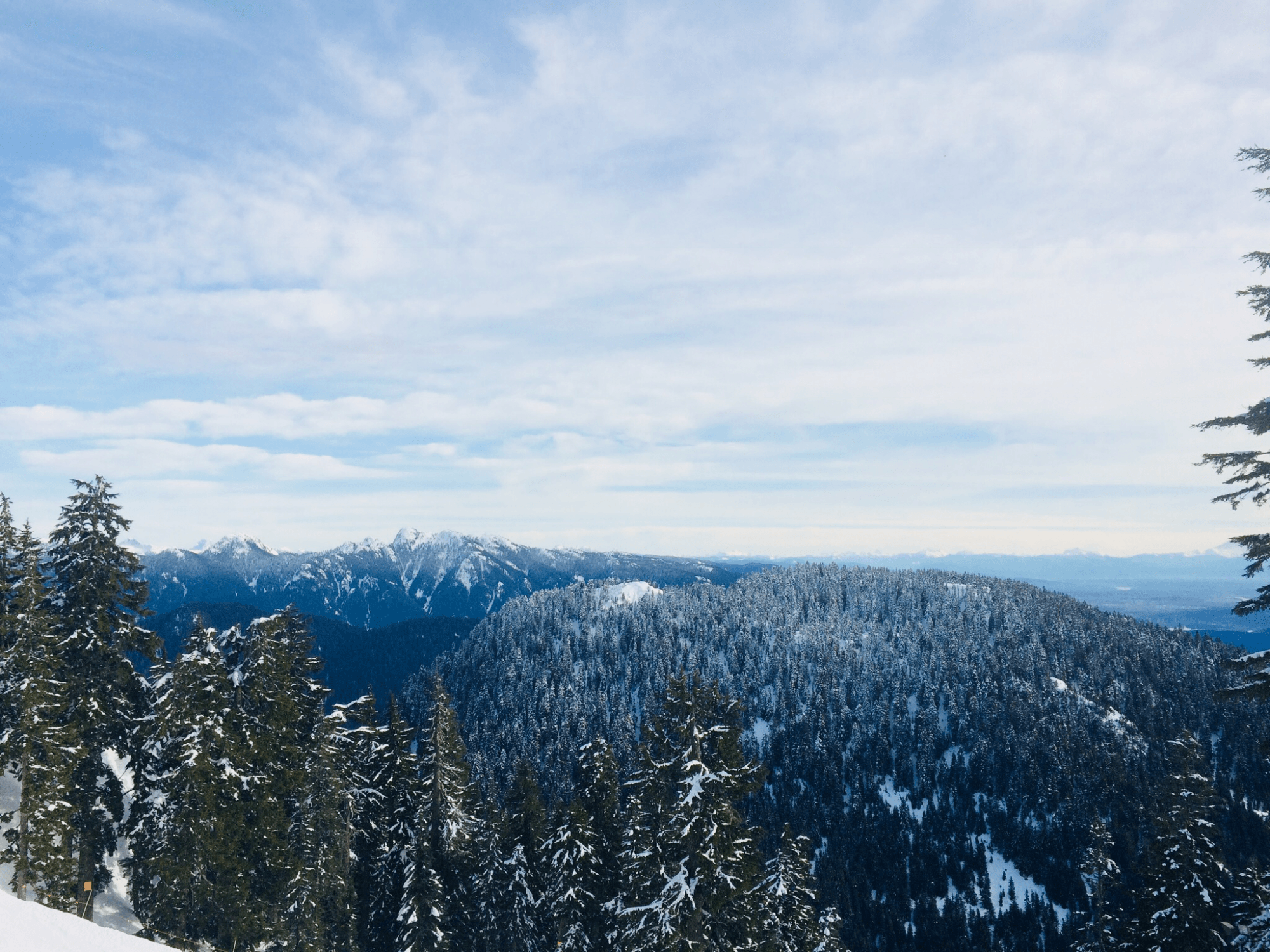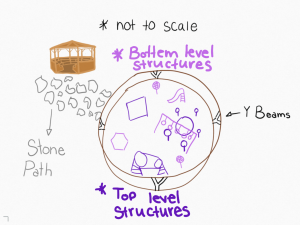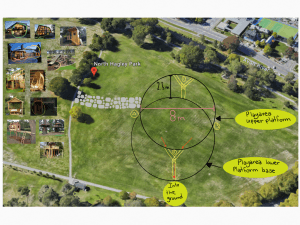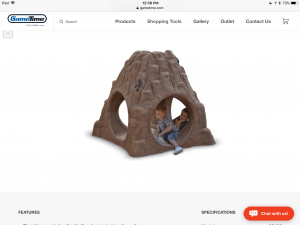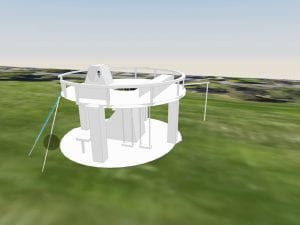Aroha me te awhina ki taku pou mo nga ru. That means welcome to my post about earthquakes, in the language is spoken by the indigenous people of New Zealand. On the topic of New Zealand, our class just did a project about building play spaces in seismic areas. My group was Izzy, Anika, Jordyn and we received Christchurch, New Zealand. Our job was to create a play area that would withstand the types of earthquakes that occurs in that area. The other thing we had to look at was what things can happen from the earthquake as an after or during effect. This could include liquefaction, and how we’re going to build the structure to withstand that?
The criteria of the project, like I said before was to build a play area that would hold up in a seismically active area. However the other thing we had to account for was a budget. We hypothetically got given 100,000 Canadian dollars to build our structure. When we converted it to New Zealand currency, it turned out to be 111,000 NZ dollars.
When we started the project, we did a bit of research on the type of earthquakes Christchurch experiences. We learned that the earthquake was called a strike slip fault. A strike slip fault is a fault zone where two places of land move in a horizontal line along a fault. When the two plates come together, they start putting pressure on each other and create friction. The pressure reaches a certain point, the two plates slip, causing them to move horizontally. This is when the strike happens causing the earth to split and creates and earthquake.
These fault lines form between two important plates or pieces of land. In New Zealand the Alpine Fault is an example of this type of tectonic plate activity. Other types of well known types of strike slip fault earth structures are the San Andreas Fault and the North Anatolian Fault. 
The place we found in Christchurch was called Hagley Park. The park was in central Christchurch so it was easy and accessible for all. It also didn’t have an existing playground there yet. Since the park was so big, we decided to build the space in North Hagley park on an empty field.
After research on the type of earthquake that happens in Christchurch and the area were building in, we had a greater understanding of our project and our goal. From there we started researching the average salaries for workers in Christchurch. We also began looking at possible designs for our play structure. The amount of time were we given to build our structure was one month. We had to figure out the people we needed working on this project, how many people would we need, how many days they need to work, how long a day they are going to work, and the cost it is per day for everyone. This research was mostly ongoing throughout the project while we we constantly learning new things that would help our play structure withstand the earthquake.
There was another thing our teacher wanted us to include in the design of our structure on top of it being strong and stable. It needed to somehow fit in with the culture of the area, whether it be the actual structure itself, or the designs and colours on it.
We decided we would make the structure very modern to fit with the new modern style of Christchurch architecture. The design we came up with was a circle because lots of modern local architecture is very geometric when it comes to the structures design. Our design would be a circle base with another circle top level raised by four 2.5 meter steel Eye Beams.
Once we were finished our research, we used a 3D design app called “FormIt” that we used to create a replica of our structure. The app was difficult to use but thanks to Anika for being very skilled with the app. She created the 3D model, and also helped with finding workers salaries and an excitation company. Thanks to Izzy who created our excel spreadsheet and helped with finding the play area supplies, and also thanks to Jordyn who did research on the types of earthquakes and helped finding other necessary features for our play structure. I did the research on the architectural design of the structure and helped find costs for things.
Once we were finished our 3D model of our structure, we presented it in front of the class and our teacher. In the library we presented at a table in front of a screen that we projected our model and our research on. We talked about the research we did, the model we made, the problems we faced, how we fixed them and more. It went very well and was fun to show off the hard work we put in.
We worked together to create an awesome structure, design and project that would withstand an earthquake in a seismically active area. In the end, we all worked great together, we learned lots and were very pleased with our final result.
